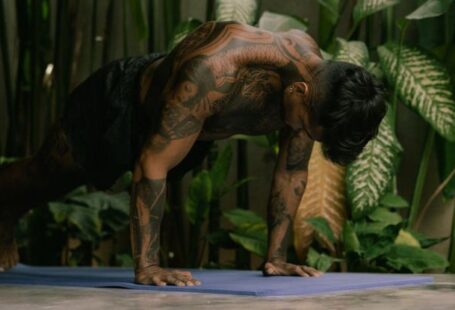Swimming is a sport that requires a combination of skill, strength, and technique. One of the most crucial aspects of a swimmer’s performance is the start. A good start can make a significant difference in a race, setting the tone for the rest of the swim. So, are there techniques to improve swim starts?
Understanding the Importance of a Good Swim Start
Before diving into the techniques to enhance swim starts, it is essential to understand why a good start is crucial. A swim start can determine how quickly a swimmer can get ahead of the competition, potentially giving them an edge that is hard to catch up with. A powerful start can also help in setting a swimmer’s rhythm for the rest of the race, boosting their confidence and overall performance. With this in mind, it becomes clear why improving swim starts should be a priority for any competitive swimmer.
Techniques to Improve Swim Starts
Dive Phase
The dive phase of a swim start is where a swimmer pushes off the blocks and enters the water. To improve this phase, swimmers should focus on generating power from their legs and maintaining a streamlined position. One technique to enhance the dive phase is to practice explosive jumps off the blocks, ensuring that the body enters the water at the optimal angle for minimal resistance.
Entry Phase
The entry phase is when a swimmer’s body initially makes contact with the water after the dive. To improve this phase, swimmers should aim to enter the water cleanly and efficiently. Proper hand placement and body positioning can help reduce drag and propel the swimmer forward. Practicing entry drills and focusing on a smooth, controlled entry can lead to significant improvements in overall start performance.
Underwater Phase
The underwater phase of a swim start is often overlooked but plays a crucial role in gaining an advantage over competitors. Swimmers should focus on maximizing their distance underwater by executing powerful dolphin kicks and maintaining a streamlined body position. Developing strong underwater propulsion can help swimmers cover more distance before needing to surface, giving them an edge in the race.
Breakout Phase
The breakout phase occurs when a swimmer surfaces after the underwater portion of the start. It is essential to execute a strong breakout to maintain momentum and transition smoothly into the swimming portion of the race. Swimmers can improve their breakout by practicing quick and powerful movements to propel themselves to the surface efficiently.
Drills and Training
In addition to focusing on specific phases of the swim start, swimmers can benefit from incorporating drills and training exercises to improve their overall start technique. Drills such as block starts, reaction time drills, and underwater kicking drills can help swimmers refine their skills and build strength and endurance for faster starts.
Video Analysis
Using video analysis can be a valuable tool for swimmers looking to improve their swim starts. By recording and reviewing their starts, swimmers can identify areas for improvement, analyze their technique, and make adjustments to enhance their performance. Video analysis can provide valuable insights that may not be apparent during practice sessions, helping swimmers fine-tune their starts for optimal results.
Incorporating these techniques and strategies into training routines can help swimmers enhance their swim starts and gain a competitive edge in races. By focusing on the dive, entry, underwater, and breakout phases of the start, swimmers can improve their technique, speed, and efficiency in the water. Consistent practice, dedication, and a focus on detail are key to mastering the art of the swim start and achieving success in competitive swimming.





